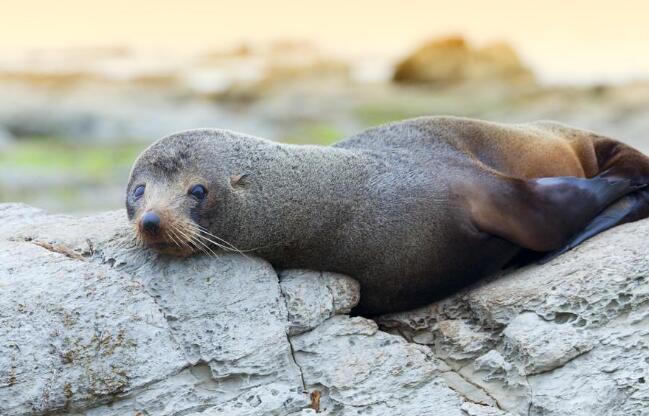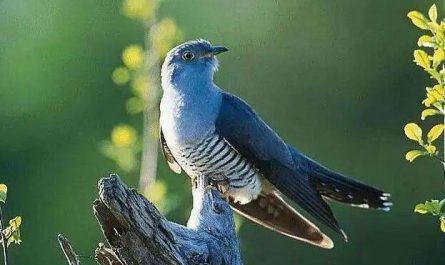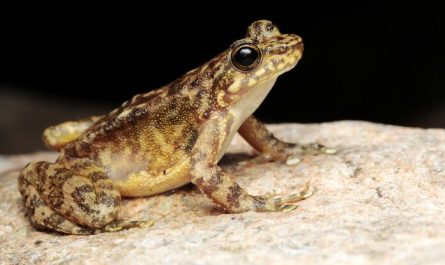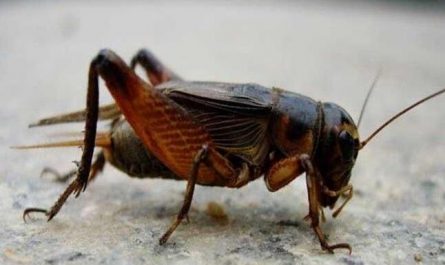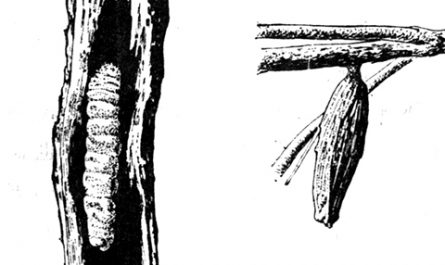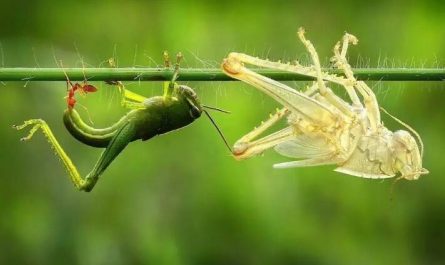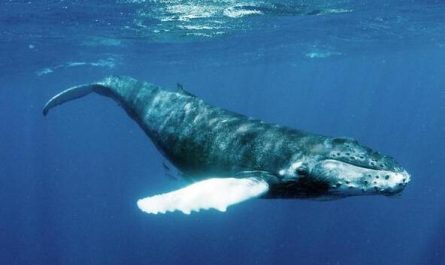The reason why seals like to eat rocks
Some small animals do not have teeth in their mouths, so they often eat some hard sand to help them grind the food in their stomachs. Seals are marine animals with many teeth, but they also like to eat rocks, because in seals In her stomach, there are often some hard shells. Stones can help to grind the shells. It can also increase the weight of the seal and overcome its shortcomings of being fat and not easy to dive.
Seals are marine animals, mammals (viviparous). Their bodies are streamlined and their limbs become fin-shaped, suitable for swimming. Seals have a thick layer of subcutaneous fat to keep warm, provide food reserves and generate buoyancy. Seals are fusiform in shape, suitable for swimming, with a round head, looking like a domestic dog, with a coat all over the body, and forelegs shorter than hind limbs.
The forefoot of the seal is shorter than the hindfoot. The hairy fins all have nails, and the nails are five toes. The ears become extremely small or degenerate into only two holes left, and they can be opened and closed freely when swimming. Most swimmers lean on the hind feet, but the hind feet cannot bend forward. The heels have deteriorated and are different from sea lions and fur seals and cannot walk. Therefore, when it moves on land, it always drags its cumbersome hind limbs and bends its body to crawl. Leave a line of twisting marks on the ground. Sea lions and walruses are close relatives of seals. They have ear shells and their hind limbs can turn forward to support their bodies.
Life habits of seals
Seals live in the cold and temperate oceans. Except for calving, rest and moulting seasons that need to be on ice, beaches or rocks, the rest of the time they swim, feed or play in the sea. The breeding period is not clustered. After the baby animals are born, they form a family group. After the lactation period, the family group ends. Laying on the ice, when the ice melts, the cubs begin to live independently in the water. A few individuals whose breeding period has been postponed have to give birth on the beach along the coast. Fish is the main food, but also crustaceans and cephalopods.
Under natural conditions, seals sometimes wander in the sea and sometimes come ashore to rest. When going ashore, choose the sandbars in the inner bay and the rocks on the shore that can be submerged by high tide. For example, large colonies of seals are frequently seen in places such as the Panshan River Mouth in Liaoning and Shandong Miaodao Islands. Seals can swim very well, with speeds of up to 27 kilometers per hour. They are also good at diving. They can generally dive about 100 meters. Weddell seals in Antarctic waters can dive to a depth of more than 600 meters for 43 minutes. Seals mainly prey on various fish and cephalopods, and sometimes crustaceans. It eats a lot of food. A seal weighing 60 to 70 kg needs to eat 7 to 8 kg of fish a day.
How seals reproduce
The seal society practices “polygamy”. The number of wives a male seal has to a large extent depends on the physical condition of the seal. Young male seals tend to have more wives. During the estrus period, male seals begin to chase female seals. A female seal is often followed by several male seals, but a female seal can only choose one from the male seals. Therefore, fights between male seals inevitably occur, and the violent seals hurt each other violently: biting each other with their teeth, some of the male seals’ fur was torn as a result, and blood was flowing. At the end of the battle, the victor went into the water with the mother seal and mate in the water, while the other seals could only end in defeat and continued to find their own “wife”.
The reproductive characteristics of seals are: birth, breastfeeding, and parenting must be on land or on ice.
The estrus period of seals is in December, and the gestation period is 9 months. The cubs are born in early November of the following year and give birth to one baby seal each time on average. Baby seals are weaned at 4-6 weeks of age. Both female and male seals mature sexually for 2 to 4 years. The breeding time of different species of seals is slightly different, but the difference is not big.
